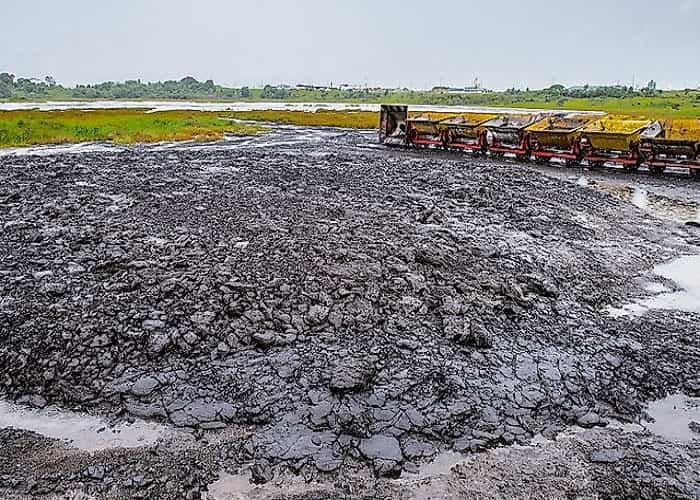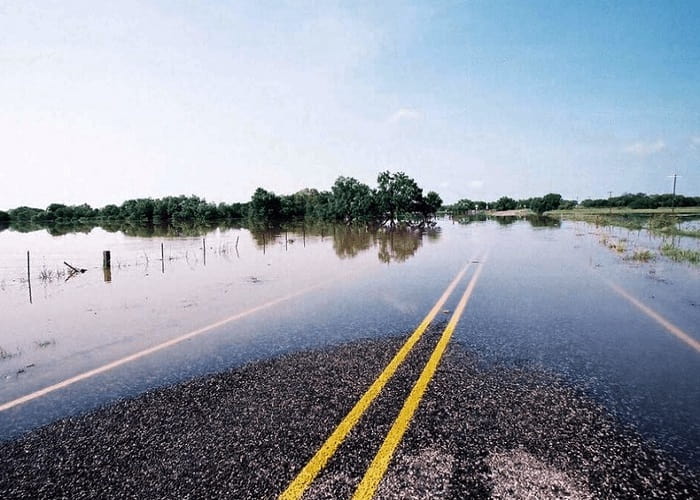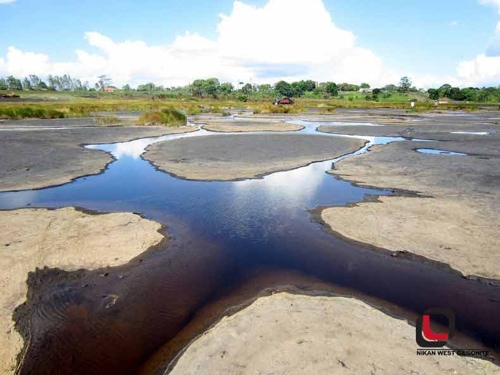Natural Asphalt Lake may be a weird name for you. The name which is thought to have come out of the stories. But it’s interesting to know that there are such lakes in the strange natural world; bitumen and natural asphalt as a valuable material have many applications in many industries. In this article, we are going to talk about these lakes and get to know you about its features and applications.

Application of natural asphalt
Streets and roads are the first and most important intercity of suburban routes. Asphalt is the most important component of these paths. Asphalts are a mixture of bitumen and a few other materials, and their special properties make them a solid, durable, relatively inexpensive, insulating coating for the car’s driveway.
Bitumen as the primary component of asphalt is available in two general forms. The bulk of the bitumen needed by various industries comes from non-crude oil production processes in the petrochemical industry, but the other type comes from bitumen. For those who haven’t seen a natural asphalt lake, this may sound a bit strange. But in reality, the lake does exist and is filled with asphalt or bitumen instead of water.
Therefore, another part of the industry’s needs (especially the road construction industry) requires this material through these lakes. It is noteworthy to mention that few countries in the world have the benefits of such lakes.
Formation process of natural asphalt lake
Simply, natural asphalt or natural bitumen is a substance that has been produced underground, under pressure for millions of years. It releases itself to the surface for a variety of reasons, including failures at different levels of the Earth’s crust. The result is the formation of natural asphalt lakes. Fractures at different levels of the earth also occur due to natural disasters such as earthquakes and landslides.
But as we have said, limited countries have access to such resources. Iran, along with Canada, Iraq, Australia, Venezuela, and Russia, are benefitted from this blessing.
where is the largest source of bitumen ?
The largest source and storage of bitumen in the world is in Canada. The Athabasca oil sands in northeast Alberta are a huge source of this valuable mineral. But as a lake, the biggest natural asphalt lake is located in La Brea village in southwest Trinidad and Tobago.

The deepest part of the lake is 75 meters deep; its total area is about 400,000 square meters. The lake does not appear to be moving, but the bitumen inside it can move smoothly, and small waves generated by the surface of the lake seems to be a verification to this fact. Also, the bitumen in the lake is relatively solid and will not be sunk if you move it. However, if you stay on the surface of the lake for a long time, you will sink deeper.
The lake’s life span is around thousands of years. The lake was created during the subduction process, and the crude oil approach to the underground reservoirs helped its formation. Evaporation at the surface also causes the oil to harden and form heavy asphalt. The lake was discovered in 1595, but commercial mining began in 1867. Estimates show that about 10 million tons of asphalt have been extracted from the lake to date and the remaining resources are about 6 million tons.
It is interesting to note that the lake is also a tourist attraction and thousands of people come to visit it annually. If you are looking to buy Gilsonite and Gilsonite powder, you can contact us because we have the largest Gilsonite mine in Kermanshah province.


